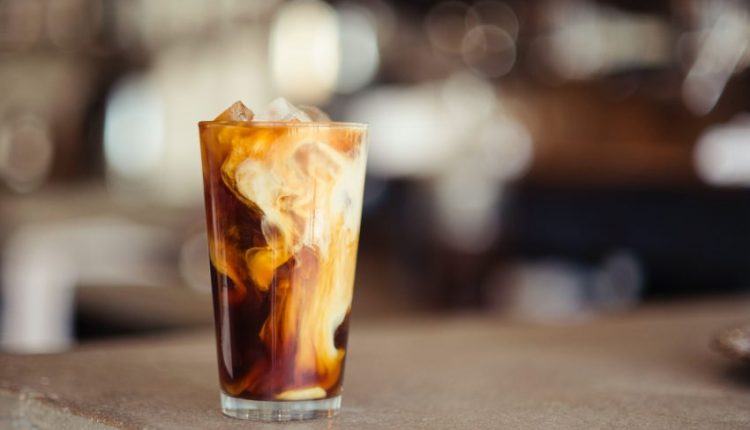The Unexpected Connection Between Brewing Coffee and Understanding Turbulence
In 1883, Osborne Reynolds injected ink into water in a short, clear pipe to observe its movement. His experiments showed that as the input water velocity increased, the flow went from laminar (smooth and predictable) to turbulent (unsteady and unpredictable) through the development of localized patches of turbulence, known today as “puffs.” This work helped launch the field of fluid mechanics, but it raised more questions about why these transitions between laminar and turbulent flows occur and how they can be characterized quantitatively.
An international team of researchers, led by Nigel Goldenfeld and Björn Hof of the Institute of Science and Technology Austria, used statistical mechanics to solve this longstanding problem. The team looked at the problem not only from the perspective of fluid mechanics but also through statistical mechanics, the branch of physics that uses mathematics to describe the behavior of systems with a large number of particles. They built on their earlier work and showed that fluids move through a pipe in a non-equilibrium phase transition, known as directed percolation, at the transition point between laminar and turbulent flow.
The best cup of coffee occurs at the directed percolation transition, where the water moves through coffee grounds at a certain rate and flows downward in the direction of gravity. This is similar to the problem of fluid turbulence, as the directed percolation transition has the same statistical properties as laminar-turbulent transitions.
In 2016, the Hof group studied the laminar-turbulent transition experimentally in a circular geometry, while Goldenfeld and collaborators developed their theory of the laminar-turbulent transition. However, what happens in an open geometry like a pipe remained unclear, and the experiments were impractical to perform in a pipe geometry.
To make progress, the team used pressure sensors to observe puffs in a pipe and measured precisely how the puffs influenced each other’s motion. Inputting the data into a molecular dynamics computer simulation, they were able to show that statistically, near the laminar-turbulent transition, puff behavior was in excellent agreement with the directed percolation transition.
The team discovered that puffs are prone to traffic jams, which can form and dissipate on their own, in a way that statistical mechanics describes. Puff jams tend to “melt” at the critical transition point from laminar to turbulent flow, giving way to the special statistical behavior of the directed percolation transition.
Read More @ Phys Org
Source: Coffee Talk



